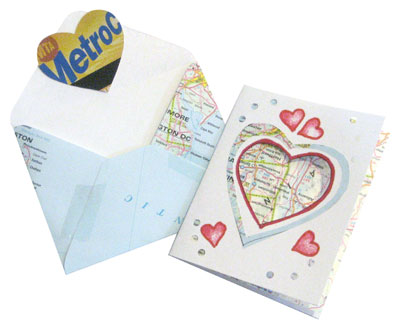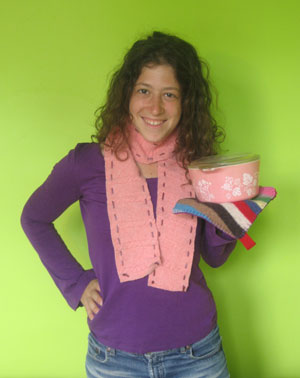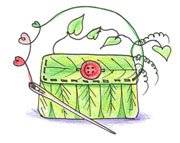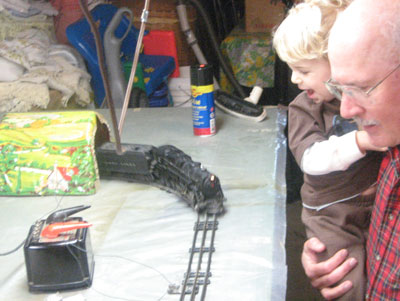
Valentines Day is a great opportunity to express your creativity to the people you love. I am happy to announce that this Wednesday, February 4th, I will be leading a workshop at Sustainable NYC on making valentines cards out of garbage, using the stationery template from our magazine stationery ReMake it kit. Suggested materials include old metrocards , maps, credit cards, wine cork rubber stamps, sheet music, magazines, snack wrappers - the list is endless! Anything that you can find! We provide stationery templates, materials, and space to create- you provide $10, any materials you want, and your imagination.
Recycled Valentines Day Card making workshop: Wednesday, February 4th @ 4-5:30pm, $10
Pre-register or just show up at: Sustainable NYC store
139 Ave A/9th St.
New York, NY 10009
or call at 212-254-5400 or email at info@sustainable-NYC.com
Space is limited.
Making re-purposed crafts is fun on your own, but it's a hundred times better to collaborate with other creative people. What a great opportunity to combine your craftiness and love for your valentine sweetheart! This event great for kids, artists, students, and local community members of all kinds.
We can't wait to see you there!
~Carly
Garbage Outreach Coordinator







